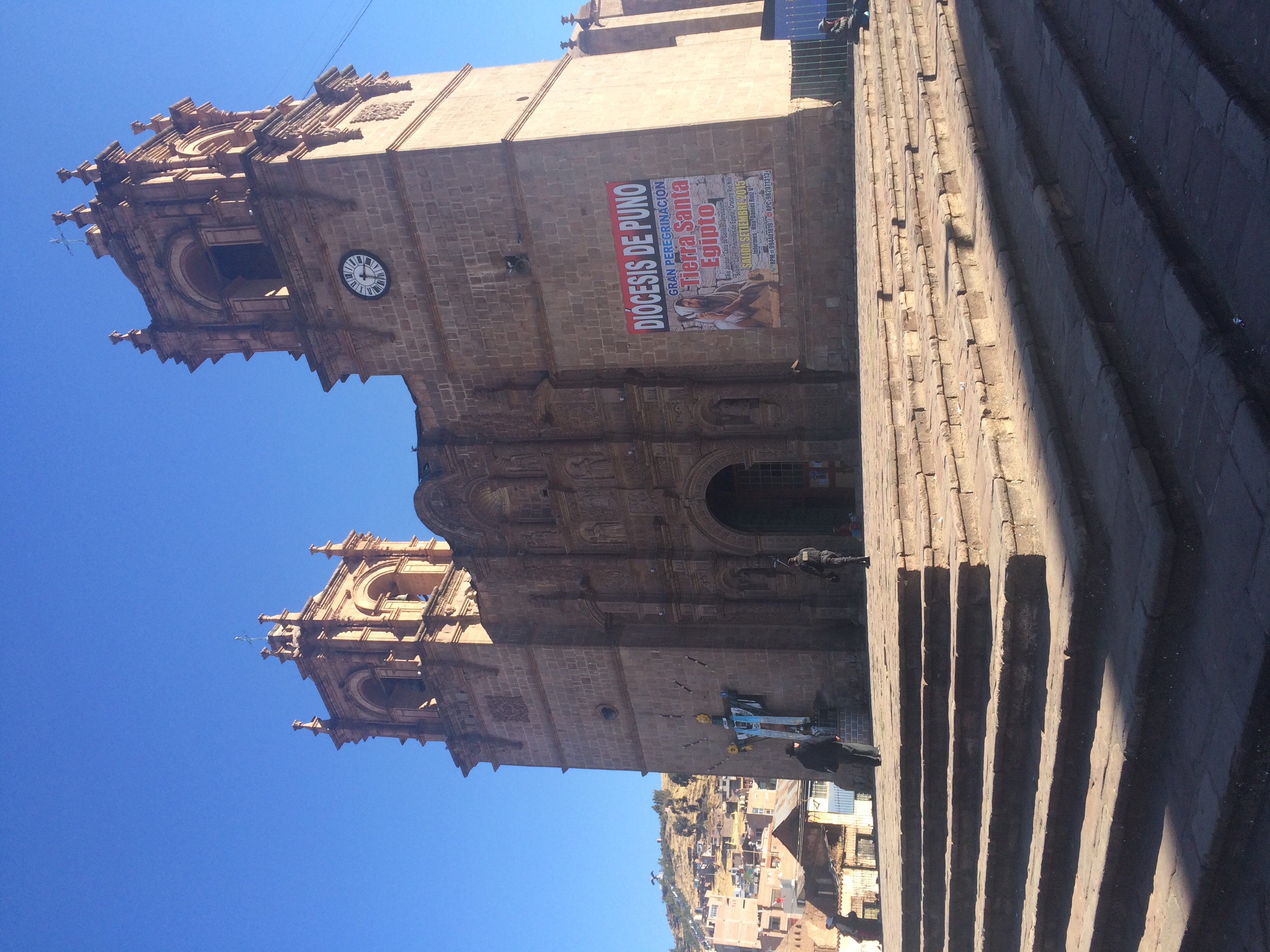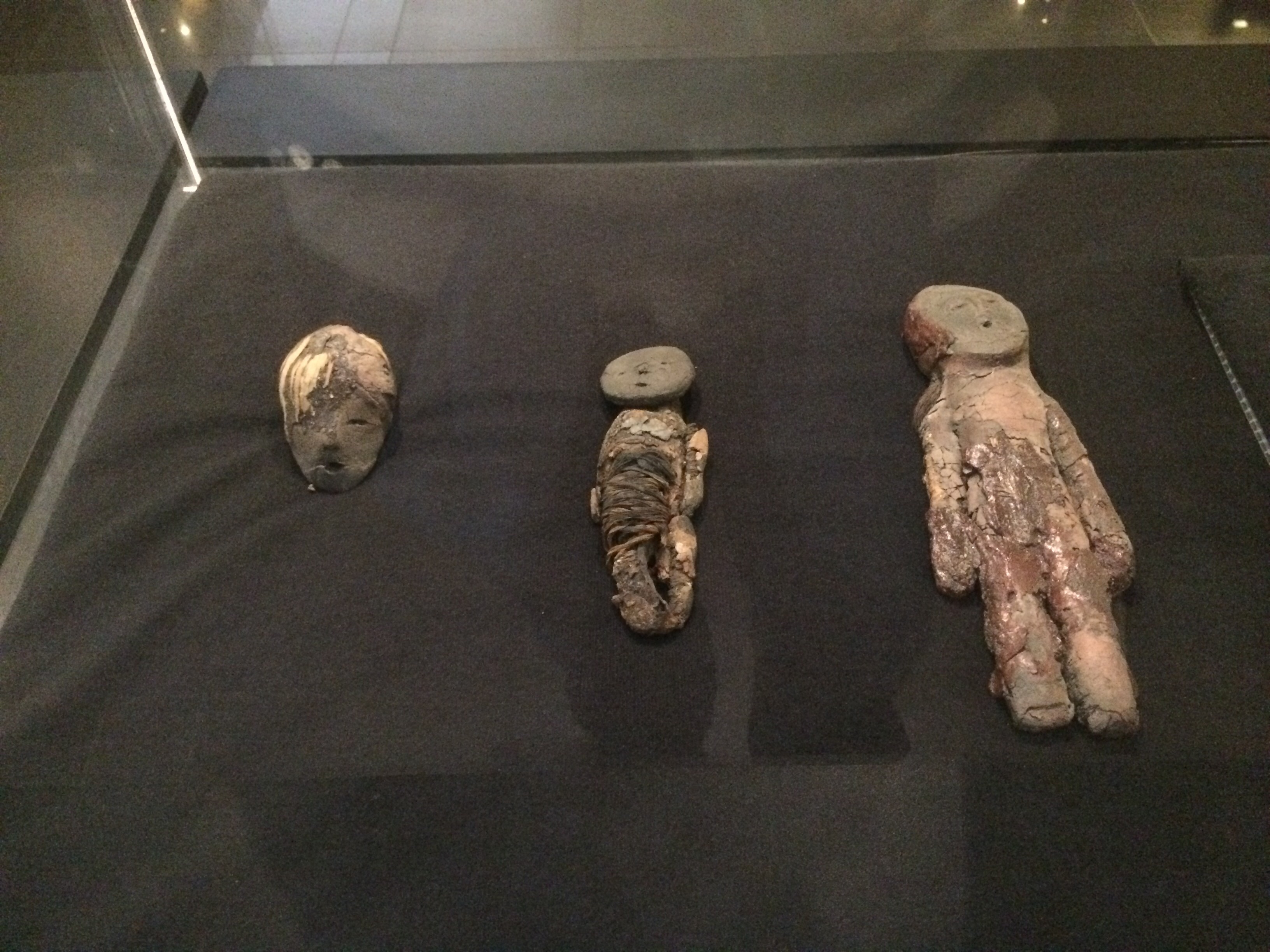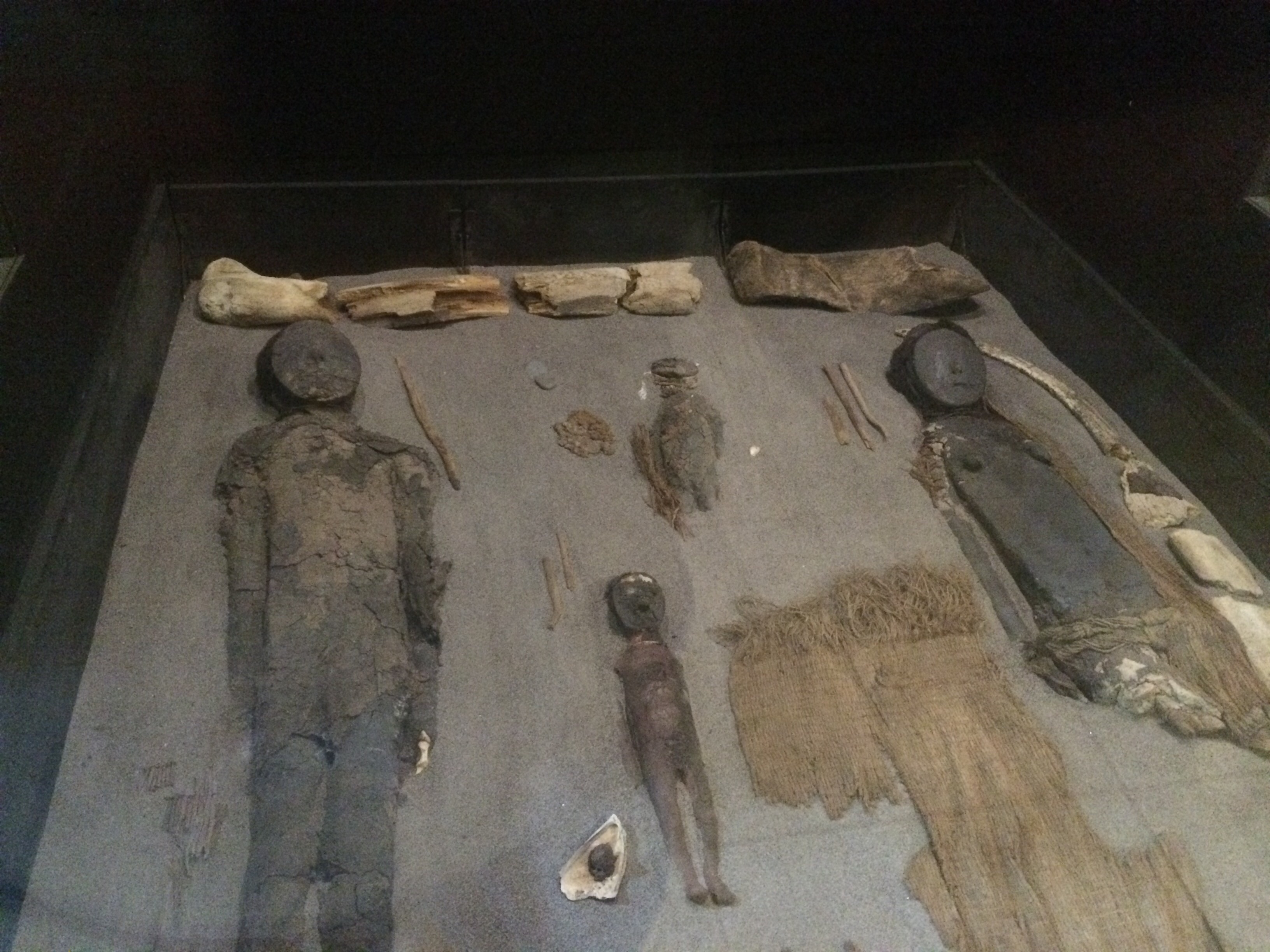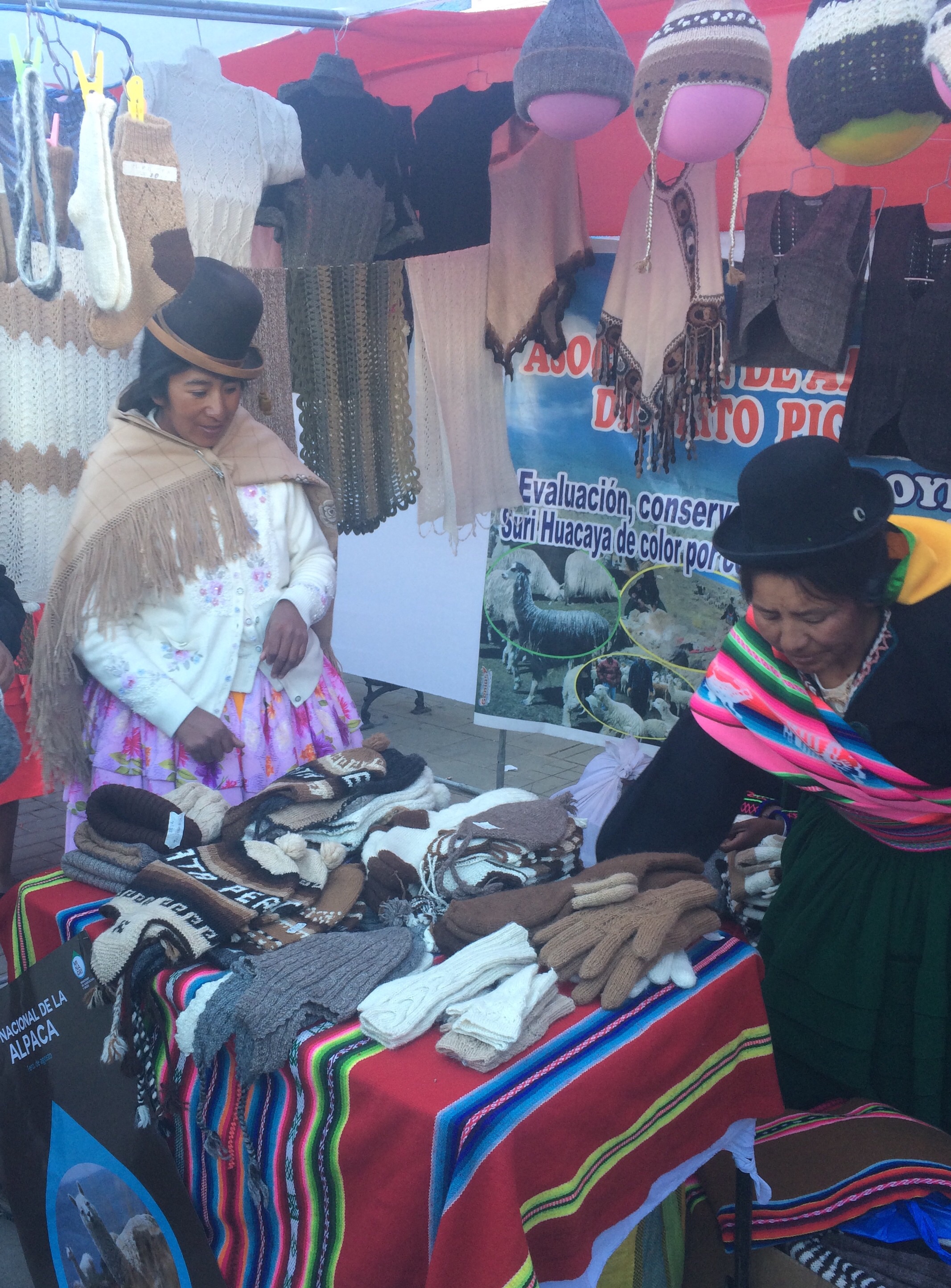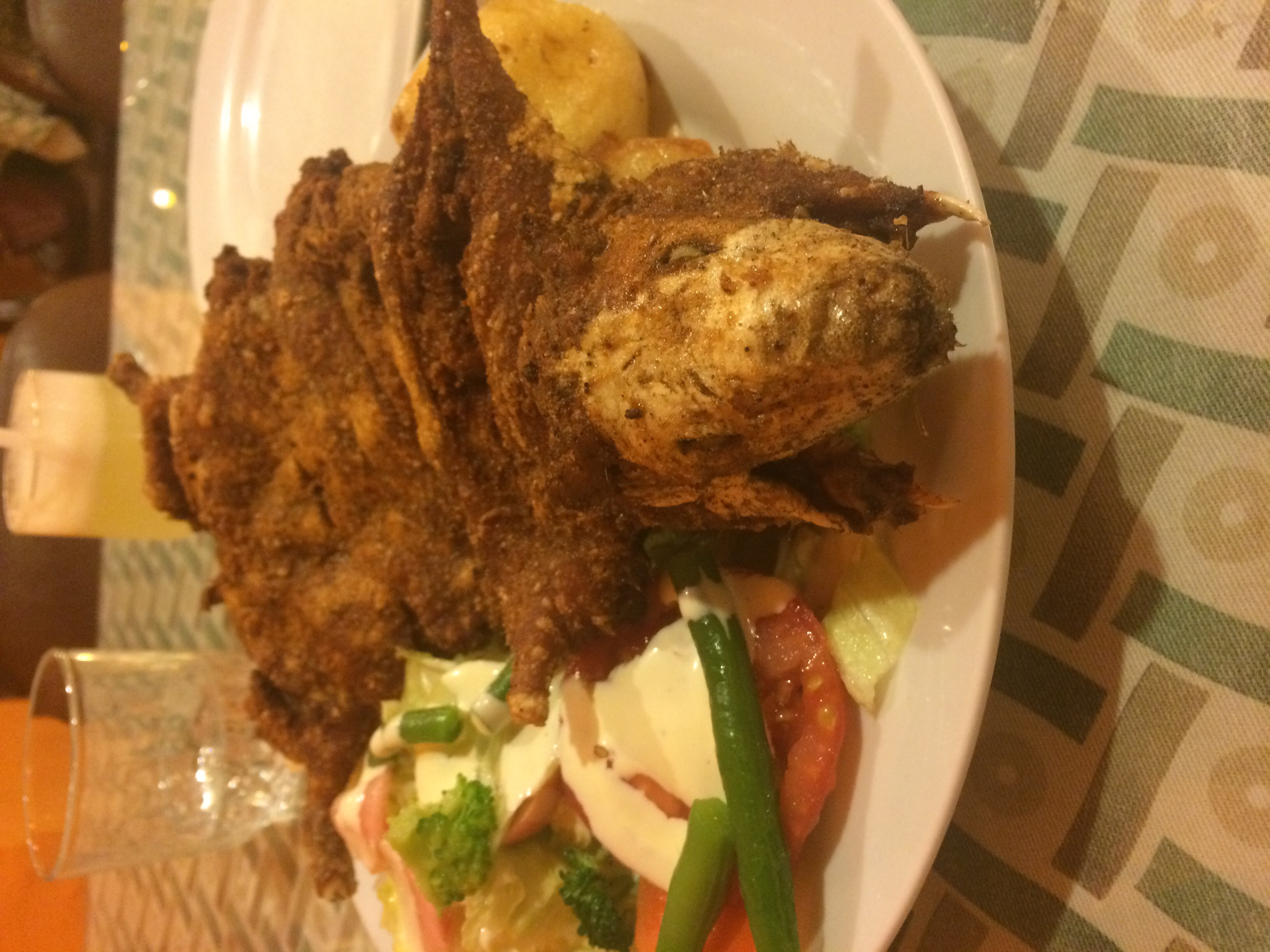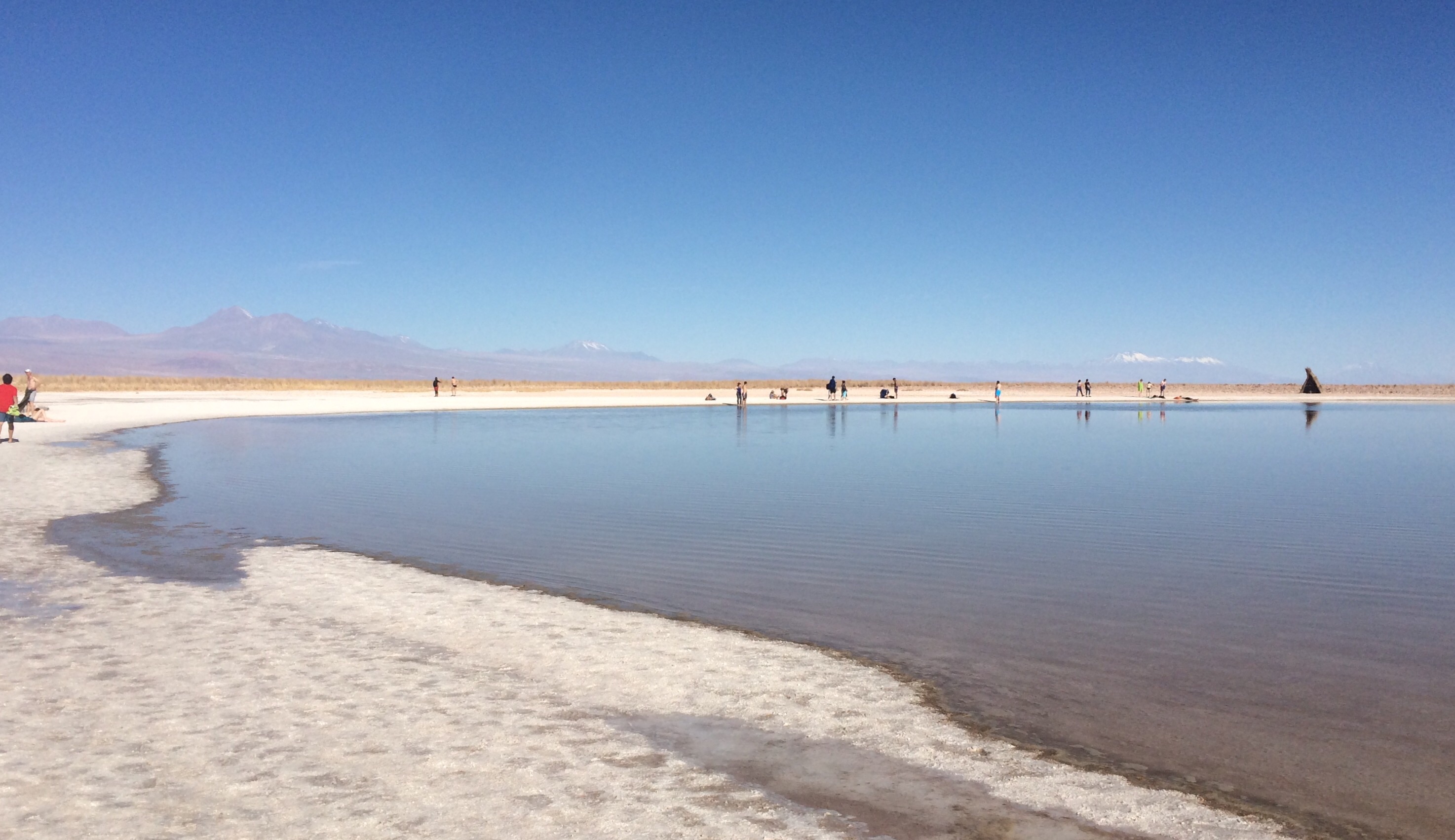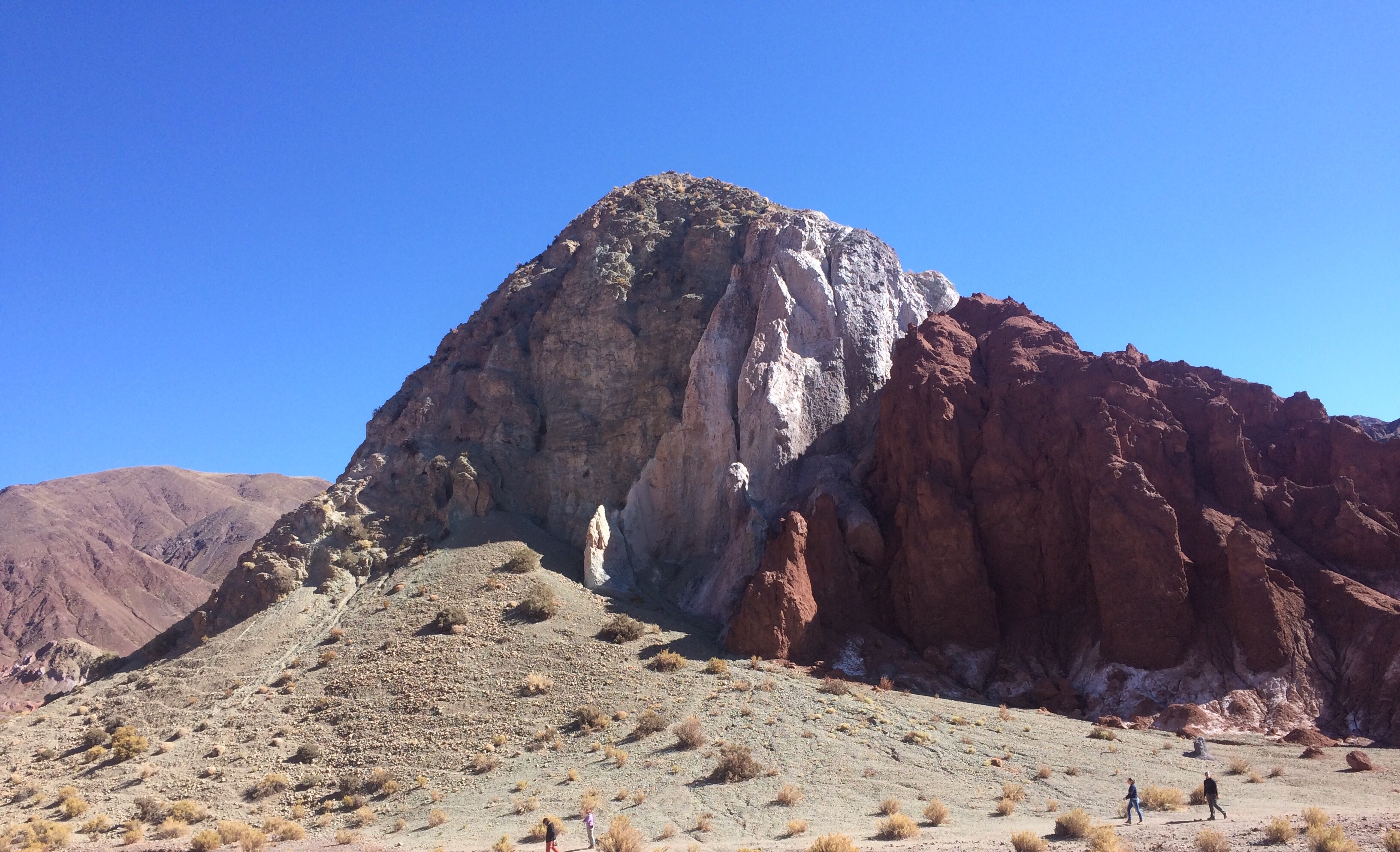01.08.2015.
Puno and Lake Titicaca
To understand Peru and the Peruvian people, one has to know the history and unique culture. The Lake Titicaca is important part of the history of Incas. The gods of the mountains (The Apus) created a fertile valley, where the people prospered under their protection. The Apus had only one condition: that they never go up the mountain where a sacred fire burned. People obeyed, until the Devil persuaded them to compete among themselves to see who was courageous enough to escalate the forbidden mountain. The Apus caught them midway, and sent pumas to eat those staying in the valley At the sight of the destruction of his creatures, Inti, the sun god, cried and cried for so long he inundated the valley. Only a boy and a girl survived the flood of tears. After the flood they found themselves next to a great lake, which had drowned the pumas sent by the Apus, turning them into stone statues. The couple then decided to call the lake Titicaca, which in their language means "lake of the stony pumas".
The floating islands of Urus was originally built centuries ago by the Urus native tribes with aim to isolate them from the Incas and other wild tribes. These islands are in the shallow parts of the bay of Puno. Now there are around 50 islands with 6-12 families in one island. The islands are built on the roots of totora, a local reed, which grows all around the lake. They cut 150-200 x 50 cm pieces from the reed, and they put them together with rope. One this basis they lay a one meter high level of reed, which has to be changed regularly and put new levels every week on the old one. This is why the "floor" of the islands are smooth and flexible. Originally the rope was made of leafs of corn and totora, but due to the water they eroded rapidly, that's why the substitute it with synthetic materials. Every family has a stone-based kitchen, where they cook. The houses are built of totora as well. The islands has to be replaced in every 20-22 years, when the foundation start to dismantle. Originally they earned living by fishing and commerce, now the main income are the tourists, they are selling artesian handworks and taking entrance fee in the islands.
One and half our ship-ride away is the (real) island of Taquile, where the locals still speaks the language of the Incas, the quechua (of course next to the Spanish). The island has a very special textile culture. The young boys are starting weaving when they are 7-8 years old, and they are able to weave a masterpiece hat with 14-15. This is important because the young girls are choosing (partially) they husband due to his ability of weaving. The solitary boys are wearing a special white-red hat, the marked ones are wearing red. Of course with rich motives on them. The solitary girls are wearing black headscarf with colourful motives, the married women just with red motives. Everyone wears folkloric clothes on the streets,mans just for the tourists. They say that a masterpiece hat needs a month work. I had a chance to have a look into very unique cultures during this one day trip.
Dél-amerikai kutató útról szóló kétnyelvű blog / Bilingual blog about a South American study tour
Alex is opening to the South
Puno - Cathedral / Katedrális
Arica - Chinchorro gyermek múmiák / baby mumies 2.
Arica - Chinchorro múmiák / mumies 1.
Puno - market / piac
Puno - "Cuy" dinner / Tengerimalac vacsora brrr...
2015.07.30-31. Arica és Puno
2015.07.30-31.
Arica és Puno
A kalandos étkezésem után, az első utam a Tarapacái Egyetem San Miguel de Azapa Múzeumába vezetett, ahol a világ egyik legrégebbi múmiái találhatóak. A Chinchorro törzs Kr.e 6000-5000 környéken kezdte el kezdetleges technikával mumufikálni fontos halottait. A módszer nagyon különbözött az egyiptomi eljárástól. A belső szervek eltávolítása után, az izmokat is lehántották a csontokról. Ezután az egész csontvázat "megerősítették", növényi rostokkal betekerték, majd visszahelyezték a bőrszöveteket, ezután egy általában fából faragott maszkot tettek az acrca, ráfestve az elhunyt jellemvonásait. Az eljárás az évezredek során sokat finomodott persze, de azért soha nem vált olyan mesterivé, mint az ókori Egyiptomban. Érdekesség, hogy embriókat és csecsemőket is mumifikáltak, ugyanis abban az időben a csecsemőként elhunyt gyerekek iránti kötődés igen ritka volt az ókori kultúrákban (és a középkorban is) a magas születési utáni halálozási arany miatt,
Ezután egy "kolibri menedéket" néztem meg, ami inkább egy magán állatkert vagy biogazdaság volt. A tulajdonos hölgy vezetett körbe egy csoporttal, ahol megmutatta, hogy "csalogatja" oda a kolibriket, és hogyan tartja meg őket. Számomra most derült ki, hogy a kolibri nem csak nektárral, hanem kis rovarokkal is táplálkozik. Így nem elég egy virágoskert, különleges kis parazita rovarokat is "tartani" kell a növényeken, amelyek lárváit és kifejlett egyedeit is kedveli az Aricaban megtalálható mindhárom kolibri fajta. Fészkükhöz főleg gyapot virágot használnak, de abból is s kávé szinűt, mivel a fehér vonza a ragadozókat, melyek így könnyebben meglátnák és kifosztanák a fészket. A farmon pont ezért csak kávé színű gyapot-bokrok vannak. De ezen kívül van láma, kecske, birka, leguán és rengeteg madár kalitkában, ugyanis a hely kedvelt "madár hotel", az elutazó helyiek ide hozzák madaraikat "megőrzésre", amikor elutaznak hosszabb időre.
Végül a Guerra de Pacifico (Chile-Peru-Bolívia közötti háború 1879-83 között) egyik nagy csatájának helyszínen felépült múzeumot (emlékművet) néztem meg, a kilátás szép a városra, de a wikipédián több információ van a konfliktusról, mint a múzeumban...
Az étkezésem után a távozásom is kalandosra sikerült Aricabol. Peruba Aricaból csak egy közvetlen járat van, a "szomszédos" kisvárosba Tacnaba. Oda pedig a legegyszerűbb úgynevezett "collectivo"-val eljutni, ami gyakorlatilag egy taxi, amibe idegenekkel beszáll az ember és együtt utazik, mindezt fix díjért. A perui árak meglepően alacsonyak egyébként. Az Arica-Tacna (40 km-es) út 5 USD volt, míg a Tacna-Puno (360 km-es) út 20 USD, igaz az utóbbi egy 9 személyes minibuszban, 10 bepréselt utassal rakomány a busz tetejére ettositve pókkal és hálókkal. Az út maga nagyon tanulságos volt, kiderült, hogy elég jól bírom a hirtelen emelkedő utakat. Kb fel óra alatt értünk fel 2500 méteres tengerszint feletti magasságból 4500 fölé. Körülöttem ajuldozatak és emelyegtek a helyiek, én viszont csak 400 méter fölött kezdtem el elbágyadni, de kb 15 perccel később már fotóztam a tájat. A fejfájás ellen a hotelben kaptam koka-teát, mindjárt jobban is lettem. :-) vacsorára egy helyi specialitásokat készítő étterembe mentem, és mentségemre legyen mondva, nem tudtam mit rendelek,mde amikor kihozták, hát nem tudom ki lepődött meg jobban szegény tengeri malac ("cuy") vagy én, úgy néztük egymást.
30-31.07.2015. Arica and Puno
30-31.07.2015.
Arica and Puno
After my adventurous arrival my first trip led to the San Miguel de Azapa Museum of the University of Tarapacá, where one of the oldest mummies of the world can be found. The Chinchorro tribe started to mummify some of its dead people 6000-5000 b.C. with quite simple techniques. After quitting the inner organs and the muscles from the bones, they put a bandage made of ash, leafs, wood etc. and finally they put the skin on the bandage, and a painted wooden mask on the face. During the centuries the method was changing, getting better, but never reached the "proficiency" of the Egyptians. It's interesting that they mummified embryos and babies, that the time it was strange to have that strong connections with babies due to high mortality rate after birth.
After I visited the Colibri Sanctuary, which was rather a bio-farm with a huge private zoo. The owner led a group of tourist and showed her dominion, full of animals. Next to the free living colibries, some other exotic birds (in cage), leguans, lama, goats, sheeps etc. I did not know that the colibries are not just eating nectars but small insects as well. That is why she lets grow and spread some parasites on the flowers the colibries are visiting. She has a special "hotel" for exotic birds, for the people who are going to holiday or working abroad for longer time and have a bird at home, she gives refuge.
Finally I visited the museum and monument for a big decisive battle of the Guerra del Pacifico (huge war between Chile-Peru-Bolívia in 1879-83). The view from the monument to the city is beautiful, but the museum contains less information about the conflict than the Wikipedia.
After my arrival, the departure turned to be adventurous from Arica. I had to take a so called "collectivo", a shared taxi from Arica to go to the nearest Peruvian city, Tacna (for fixed price). Where I had to take a taxi from one bus terminal to an other, where I was pushed into a bus of 9 persons, with 10 other passengers, baggage on the roof. At first sight Peru seems to be very cheep. The taxi for Arica-Tacna (40 km) cost 5 USD, while the trip Tacna-Puno (360 km) was 20 USD. I am sure that in the tourist highlights I will be charged much more! :-) During the bus ride I had a chance to realise that I can survive a rise from 2500 m above see level to 4500 m in half an hour quite good. Most of the local people were sleeping or worse, but I felt just a bit sleepy over 4000, but after 15 min I was shooting already fotos. Against the headache the hotel manager gave me coca-tea. I got better very soon. :-) for dinner I had a poor "cuy", alias guinea pig. I did not know what I asked for, just when it arrived I got a shock.
